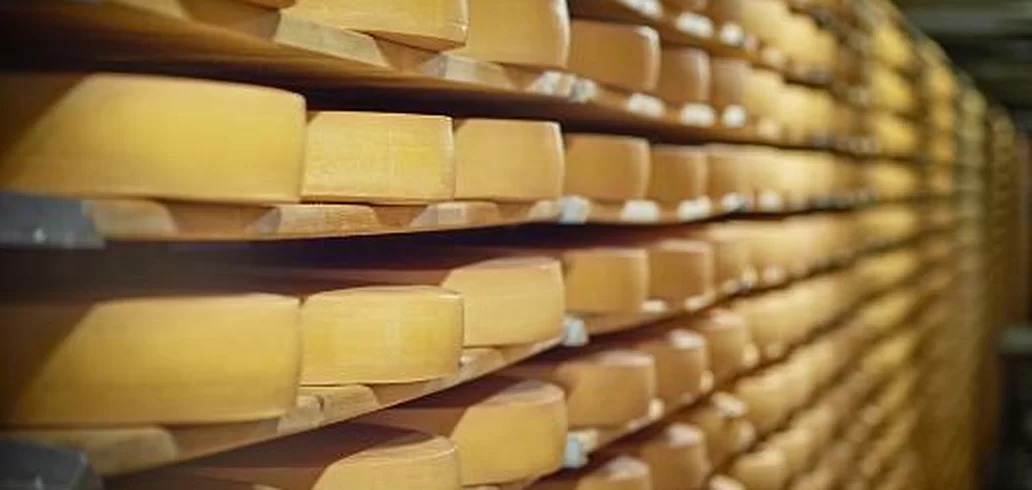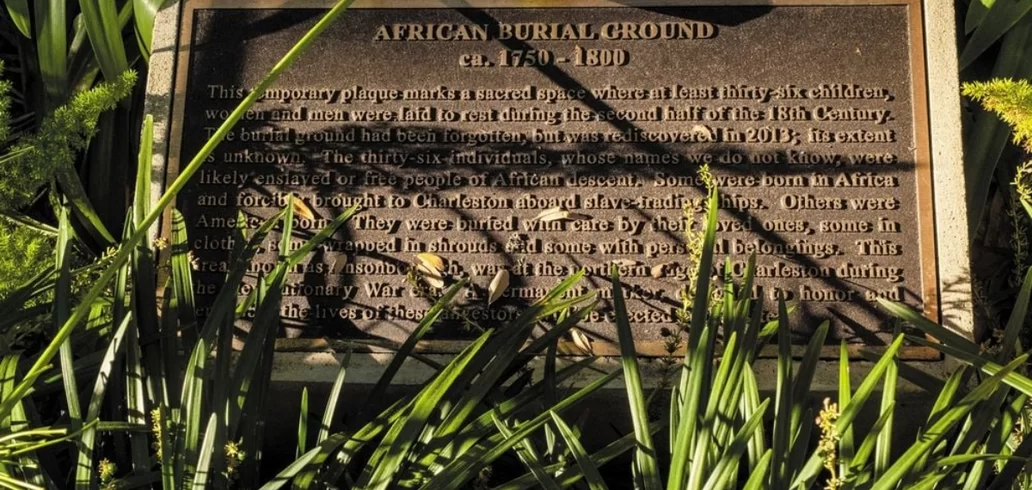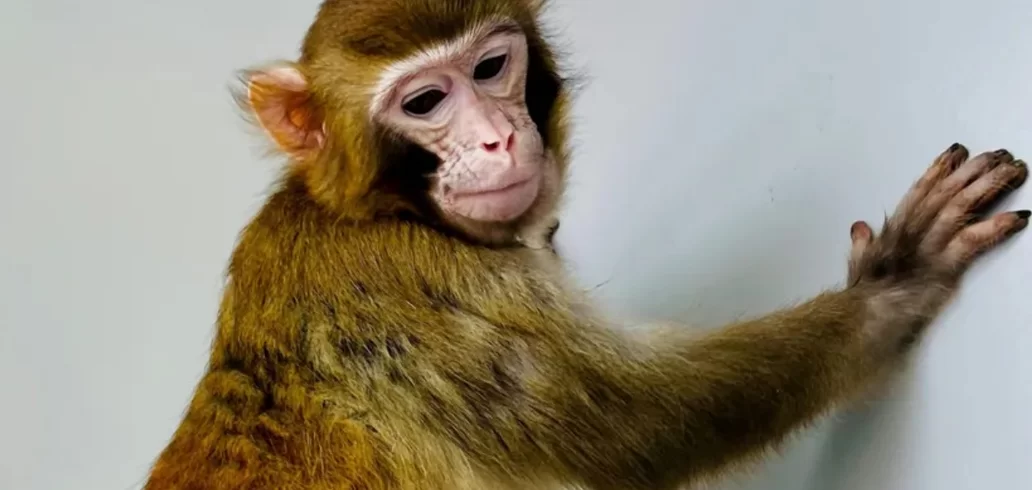Curiosities
The Mysterious Origin of Precious Metals: A New Model Explores the Presence of Gold and Platinum in the Earth
Advertisement
Sucked into the core?
The evolution of Earth over its more than 4 billion years is still an ever-evolving field of study. Astronomers, geologists, and scientists from a variety of disciplines work with current data to build models that help us understand the phenomena that shaped our planet. However, in some cases, these models do not offer a complete explanation, and the data do not match current observations.
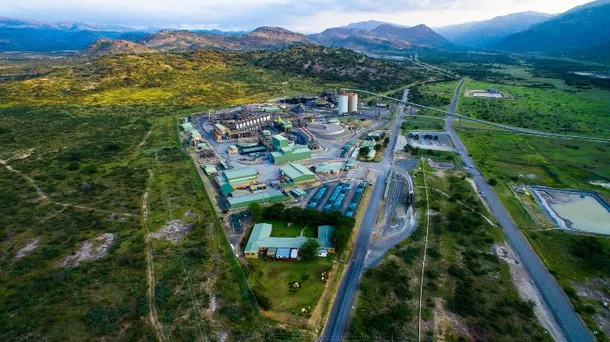
The Mysterious Origin of Precious Metals: A New Model Explores the Presence of Gold and Platinum in the Earth
One example of this is the presence of heavy metals, such as gold and platinum, on the Earth's surface. Previous studies indicated that most of these metals should have sunk to the planet's core. This is because the early Earth was an extremely hot environment and subject to impacts from large asteroids. During the formation of the crust, there was an intense movement of chemical elements.
Furthermore, the Earth's core is predominantly composed of iron, which should facilitate the “capture” of siderophile metals — those that have a greater affinity for iron than for oxygen — such as gold, platinum and iridium.
A New Emerging Theory
Traditional theory failed to explain the observed amount of gold and other heavy metals on Earth. So professors Jun Korenaga and Simone Marchi of Yale University and the South-West Research Institute, respectively, proposed a new model.
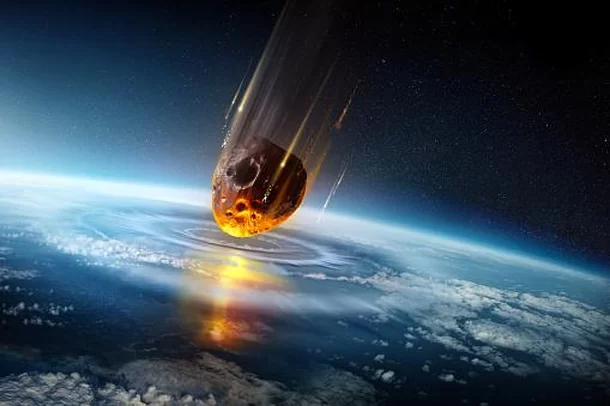
The Mysterious Origin of Precious Metals: A New Model Explores the Presence of Gold and Platinum in the Earth
According to the duo, most of these siderophile metals, which make up approximately 0.5% of the Earth's mass, may have arrived on our planet via giant objects, measuring around 1,000 kilometers or more. They suggest that most of these impacts occurred after the formation of the Earth's core, which would concentrate them in the mantle, where retention of these elements would be more difficult. With volcanic activity, these elements were finally able to be deposited in the crust.
This new theory offers an intriguing insight into the origin and distribution of precious metals on Earth, challenging previously established concepts. A deeper understanding of these processes could have significant implications not only for the exploitation of natural resources, but also for our understanding of the evolution of our planet.
Trending Topics
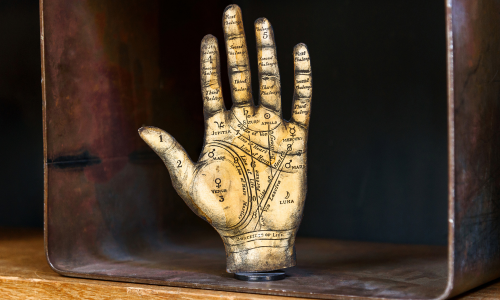
How to choose a palm reading app
Find out how to choose a palm reading app and select the ideal option to explore the mysteries of your hands.
Keep ReadingYou may also like

Surprising Earnings: Cleaning Professionals Make $40,000 a Year
Cleaning professionals can earn up to $40,000 per year. Learn about the benefits, challenges, and ideal profile.
Keep Reading
